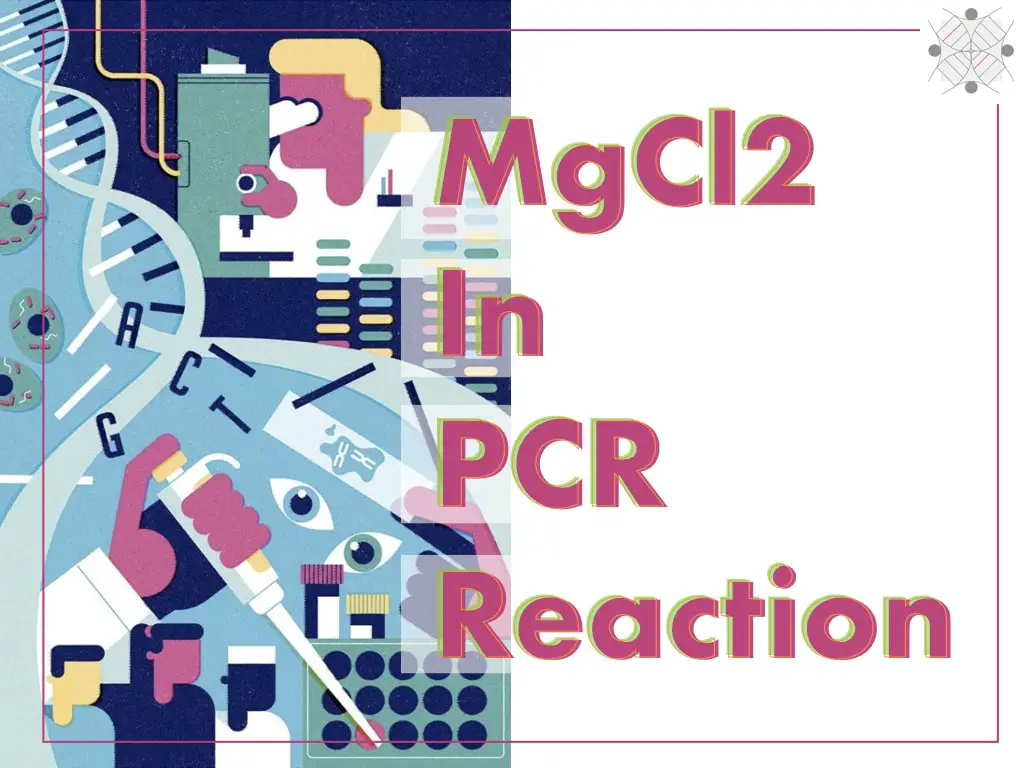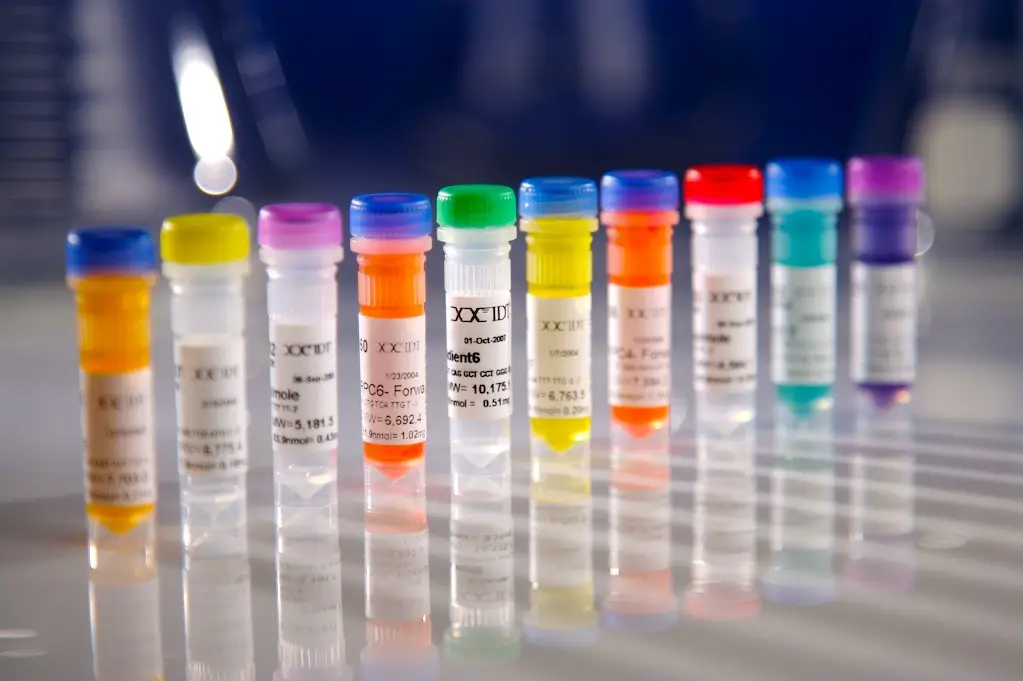“Nested PCR uses two sets of primers and increases the specificity of the PCR reaction manyfold. And thus reduces the chances of false-positive results.”
If someone asks you, what is the key parameter that defines the success of PCR? The answer must be the ‘specificity.’ Meaning, the designed PCR experiment should only amplify the target DNA that we want to study.
Whatever optimizations or strategies we plan, they run around specificity! And that matters a lot when it comes to studying the mixed DNA sample or low abundant DNA.
Our primers are very clever, if we compromise any of the standard PCR conditions, they bind to some other locations, or with each other and give us extra, or false amplicons. Such non-specific products create problems in analysis.
Any usual or special type of PCR reactions are prone to non-specific amplification. Especially when we study microbial or eDNA samples in which many possible template DNAs are present.
So what can we do? Can we deal with it? Yes, an excellent PCR modification named nested PCR can deal with such a condition and helps to increase reaction specificity many folds.
In this article, I will explain to you the concept of nested PCR and also help design your nested PCR experiment. We will also look into the principle, process, protocol, applications and how nested PCR helps in microbial studies.
This article will give you more grip on your PCR skills. So stay tuned with the article till the very end.
Related article: Emulsion PCR: Principle, Process, Advantages, Applications and Limitations.
Key Topics:
What is Nested PCR?
The nested PCR uses two reactions in a single experiment. So two sets of primers have been used here. Now, what happens here, the second set of primers will bind and amplify the sequence of the first set of primers.
The first set of primers are outer primers and bind outside our target location while the second set of primers or inner primers binds inside of the target location, simply.
The inner set of primers is called ‘nested primers.’ Interestingly no such experimental chances or additional reagents are required. The reaction only needs an extra set of primers.
Outer primers:
The outer primers anneal outside or flanking to the target sequence. The outer primers are primers that are upstream of the inner set of primers. The outer primers are bound to the outside to the flanking region of our target DNA.
In the first round of PCR, It is possible that this primer can bind to a site other than the target site and amplify it. Multiple DNA bands might be observed and lead to false-positive results. However, the magic begins with the use of the inner set of primer.
Outer primers are single-stranded and 18 to 22 nucleotides long.
Inner primers:
As we said, the inner primers are often known as nested primers and bind inside the outer primers region. Meaning, that it will bind to the first round of amplicons and that increases the reaction specificity.
In this case, as the nested set of primers binds to the first round of amplicons, it’s unlikely to give non-specific amplification. And that’s the magic of this technique! Inner primers are single-stranded and up to 20 nucleotides long.
Nested PCR Protocol:
In 1993, Kamolvarin et al., used two sets of PCR to achieve high specificity and sensitivity in the reaction. The concept of nested PCR was developed from here. The nested PCR reaction is completed in two steps, a first round of amplification with the outer forward and reverse primers. The protocol is as described,
| Ingredient | Concentration | Quantity |
| Mastermix | 1X | 12µL |
| Reaction buffer | 1X | 5µL |
| Outer forward primer | 10 pM | 1µL |
| Outer reverse primer | 10 pM | 1µL |
| Template DNA | 30nG | 3µL |
| Water | ——————- | 3µL |
| Total | ——————- | 25µL |
After the reaction preparation, the reaction has been placed as per the protocol given below,
| PCR Steps | Initial Denaturation | Denaturation | Annealing | Extension | Final extension |
| Temperature | 90 ̊C-95 ̊C | 90 ̊C-95 ̊C | 55 ̊C-60 ̊C | 72 ̊C | 72 ̊C |
| Time | 3min | 1min | 50sec | 1min | 7 min |
| ——————– | ——————- | 25 cycles | ————— | ——————— |
After the completion of the first round of amplification, take the tubes and prepare the reaction for the second round of amplification.
Now add 1µL inner forward primer and 1µL inner reverse primer to the PCR reaction tubes of the first round of amplification.
Or
We can use another method in which 3µL of PCR product is taken from the first amplification and used as a template, preparing the reaction as follows.
| Component | Concentration | Quantity |
| Master mix | 1X | 12µL |
| PCR reaction buffer | 1X | 5µL |
| Inner Forward primer | 10 pM | 1µL |
| Inner Reverse primer | 10 pM | 1µL |
| The amplicon from the first PCR (as a template DNA) | 3µL | |
| Water | 3µL | |
| Total | 25µL |
Again perform a PCR reaction using the conditions given below,
| PCR Steps | Initial Denaturation | Denaturation | Annealing | Extension | Final extension |
| Temperature | 90 ̊C-95 ̊C | 90 ̊C-95 ̊C | 55 ̊C-60 ̊C | 72 ̊C | 72 ̊C |
| Time | 3min | 1min | 50sec | 1min | 7 min |
| ——————– | ——————- | 35 cycles | ————— | ——————— |
Read more: Easiest qPCR protocol.
Pro-tip: Use 35 cycles instead of 25 cycles to increase the target DNA copies and high amplification.
Advantages:
- The present technique is highly specific, sensitive and accurate.
- It can give a high amount of amplicons with greater specificity.
- It offers amazing results for difficult templates like high GC-rich or longer templates.
- It’s useful for the amplification of low-abundance genes, alleles or DNA sequences.
Despite having amazing advantages of the conventional PCR setup, it comes up with several crucial limitations.
Limitations:
- It requires an additional primer set and separate reaction setup which is tedious, time-consuming, and costly.
- Also, as we need to prepare two different reactions, it has a higher chance of contamination.
Applications of Nested PCR:
Nested PCR is a time-consuming and costly technique but replaces conventional PCR with its power of high specificity. Thus, it is used in the field in which conventional PCR is used. It can be used in,
Cancer research, Library enrichment, diagnosis, detection of low abundant gene or DNA and environmental & microbial studies. Here is an example of how the nested PCR can be used in microbial studies.
How to use Nested PCR in microbial studies?
The use of nested qPCR helps identification and quantification of unknown and low abundant microbial DNAs present in the sample. Now, for the detection first, the primers complementary to the 16S rRNA gene are used (outer primers).
The amplicon of the first round of PCR is amplified with the species-specific or unique sequence primers (inner primers). For the second round of amplification, a single or multiplex PCR reaction can be performed.
The second set of unique sequence primers only amplifies the individual pathogen DNA sequence and not other than that. Quantification also adds the additional benefit of a quantitative investigation of each pathogen present in the sample.
The hypothetical explanation is given in the figure below.
This is a routine process in microbial studies. Here, one universal primer as an outer primer and a sequence-specific, nested primer is used. This will provide high accuracy, specificity and sensitivity.
Related articles:
Wrapping up:
Nested PCR is an amazing modification of the conventional PCR model, however, additional cost and time can be an issue here. But for accurate studies, ready-to-use nested qPCR kits are now available in the market. These kits save time and money for the experiment.
Nested PCR is a gold-standard technique in microbial studies and environmental analysis. Notedly, expertise is required to study and interpret nested PCR results. I hope you like this article, Please bookmark the page and share this article.
>> P.S: Enrol in our online PCR mastery course to learn more about PCR and its types.


